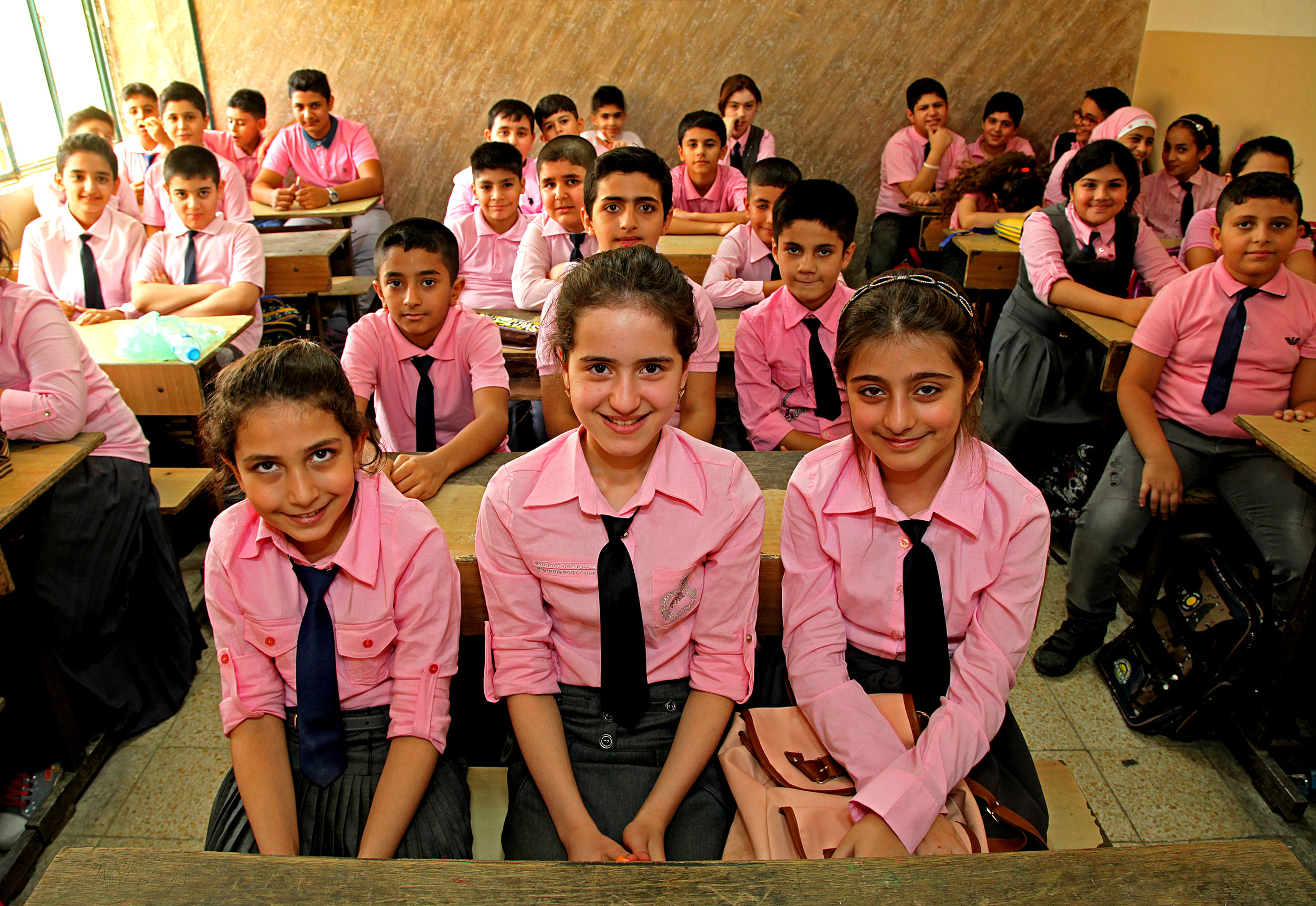“In 2024, girls around the world are knowledgeable about and comfortable with their menstruation, and are able to manage their menses in school in a comfortable, safe and dignified way.”
A growing body of evidence has demonstrated the many challenges menstruating girls face in school environments. These include a lack of adequate, clean, safe, private toilets with water and disposal mechanisms for used menstrual materials, a lack of information, guidance and support on their changing bodies and new menstrual management needs, and insufficient materials for managing monthly menstrual flow. Increasing interest has led to a large range of actors engaging on the issue of menstrual hygiene management (MHM) in schools around the world, suggesting the need to identify a common vision and set of priorities to transform the school environment for menstruating girls and female teachers.
In 2014, UNICEF and Columbia University organized the MHM in Ten meeting, with the objective of mapping out a ten-year agenda for MHM in schools. The meeting brought together a wide range of actors, including academics, donors, non-governmental organizations (NGOs), United Nations agencies and the private sector – and from a variety of policy areas, including water, sanitation and hygiene (WASH), education, gender, sexual and reproductive health (SRH) and adolescent development. The participants identified five priorities to help dramatically improve MHM by 2024.
Priority 1: Build a strong cross-sectoral evidence base for MHM in schools for prioritization of policies, resource allocation and programming at scale.
Priority 2: Develop and disseminate global guidelines for MHM in schools with minimum standards, indicators and illustrative strategies for adaptation, adoption and implementation at national and sub-national levels.
Priority 3: Advance the MHM in schools movement through a comprehensive, evidence-based advocacy platform that generates policies, funding and action across sectors and at all levels of government.
Priority 4: Allocate responsibility to designated governments for the provision of MHM in schools (including adequate budget and M&E) and reporting to global channels and constituents.
Priority 5: Integrate MHM, and the capacity and resources to deliver inclusive MHM, into the education system .
Photograph credits: © UNICEF/UNI199887/Khuzaie | © UNICEF/UNI43995/Pirozzi

